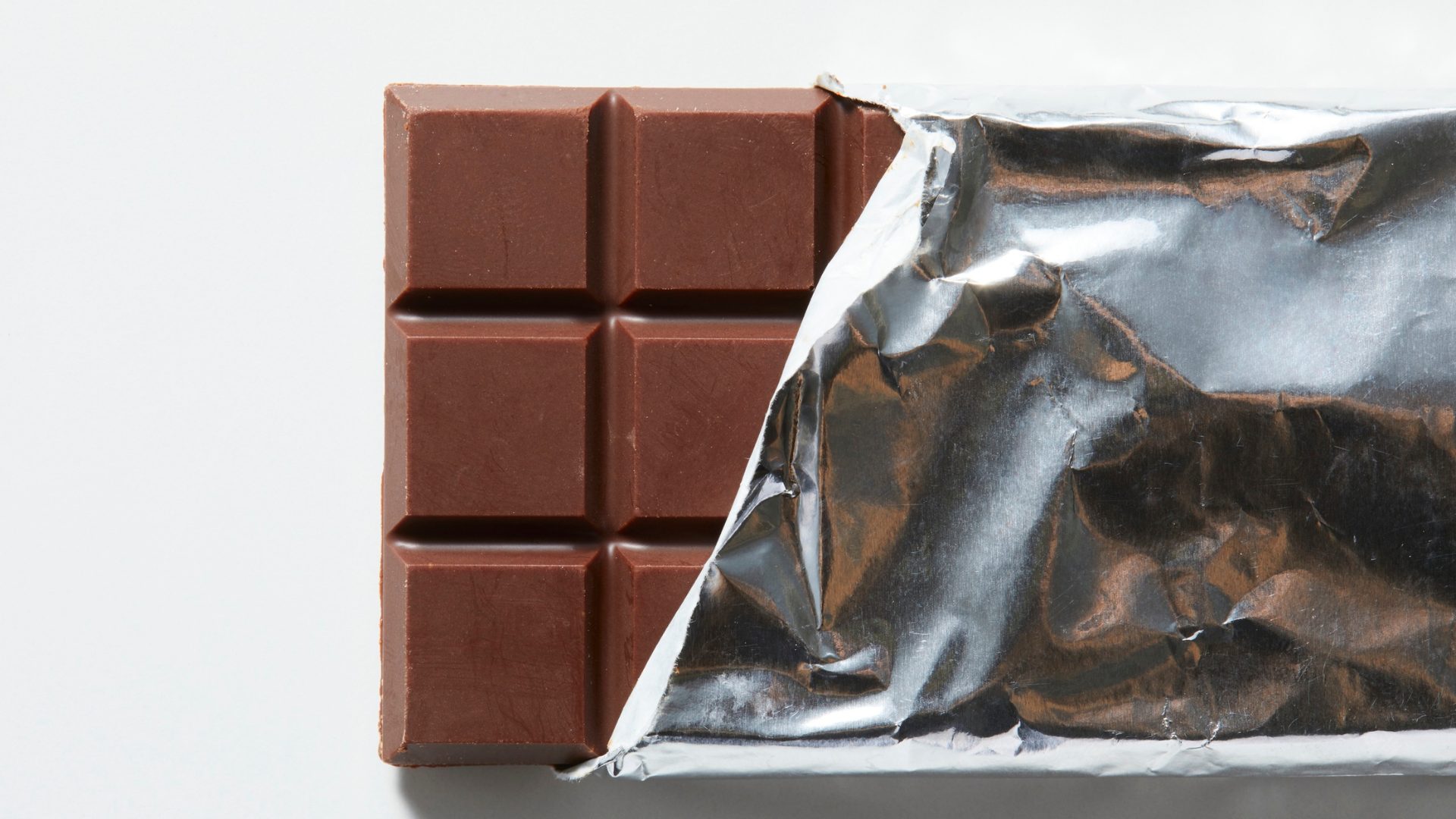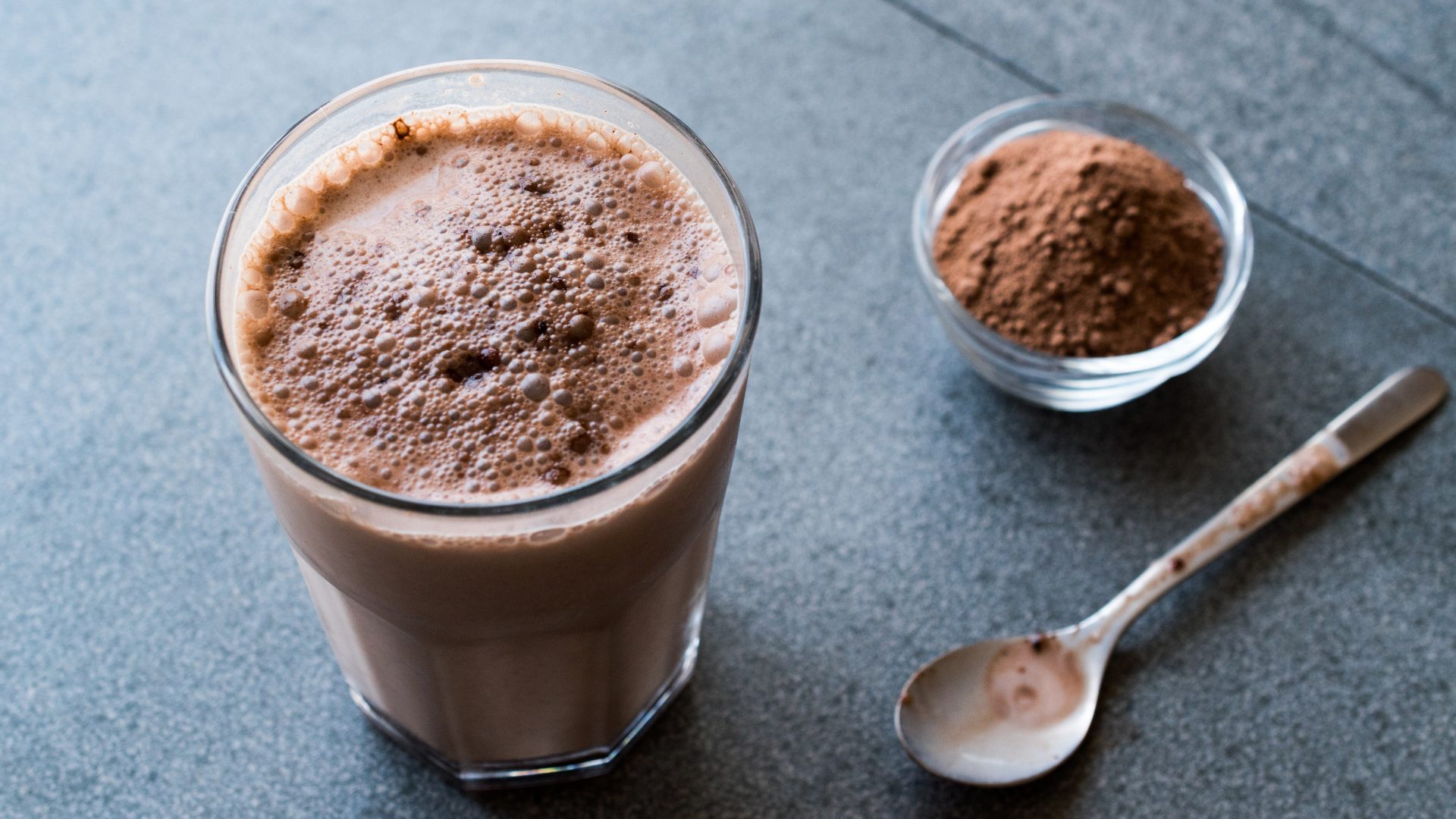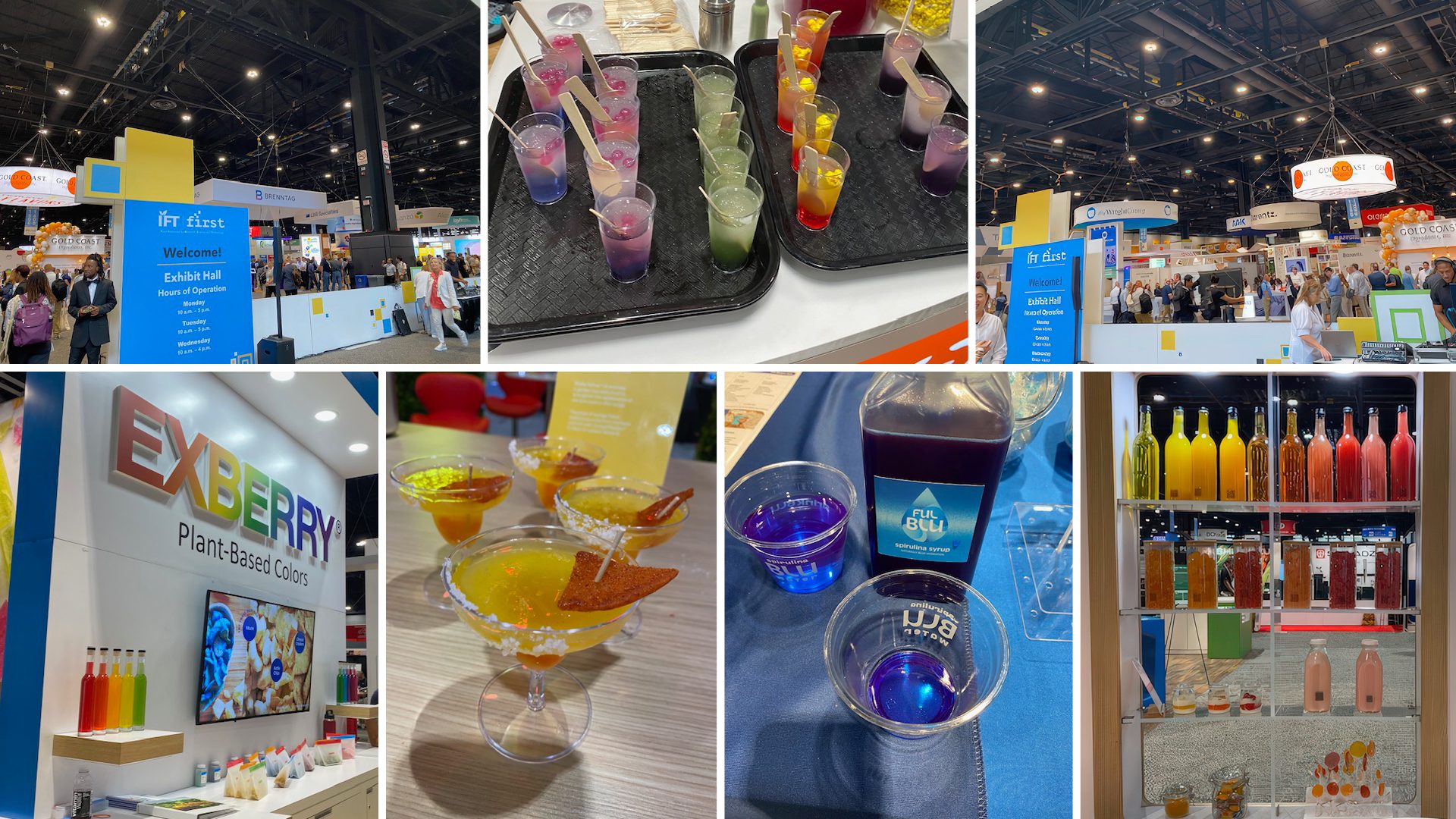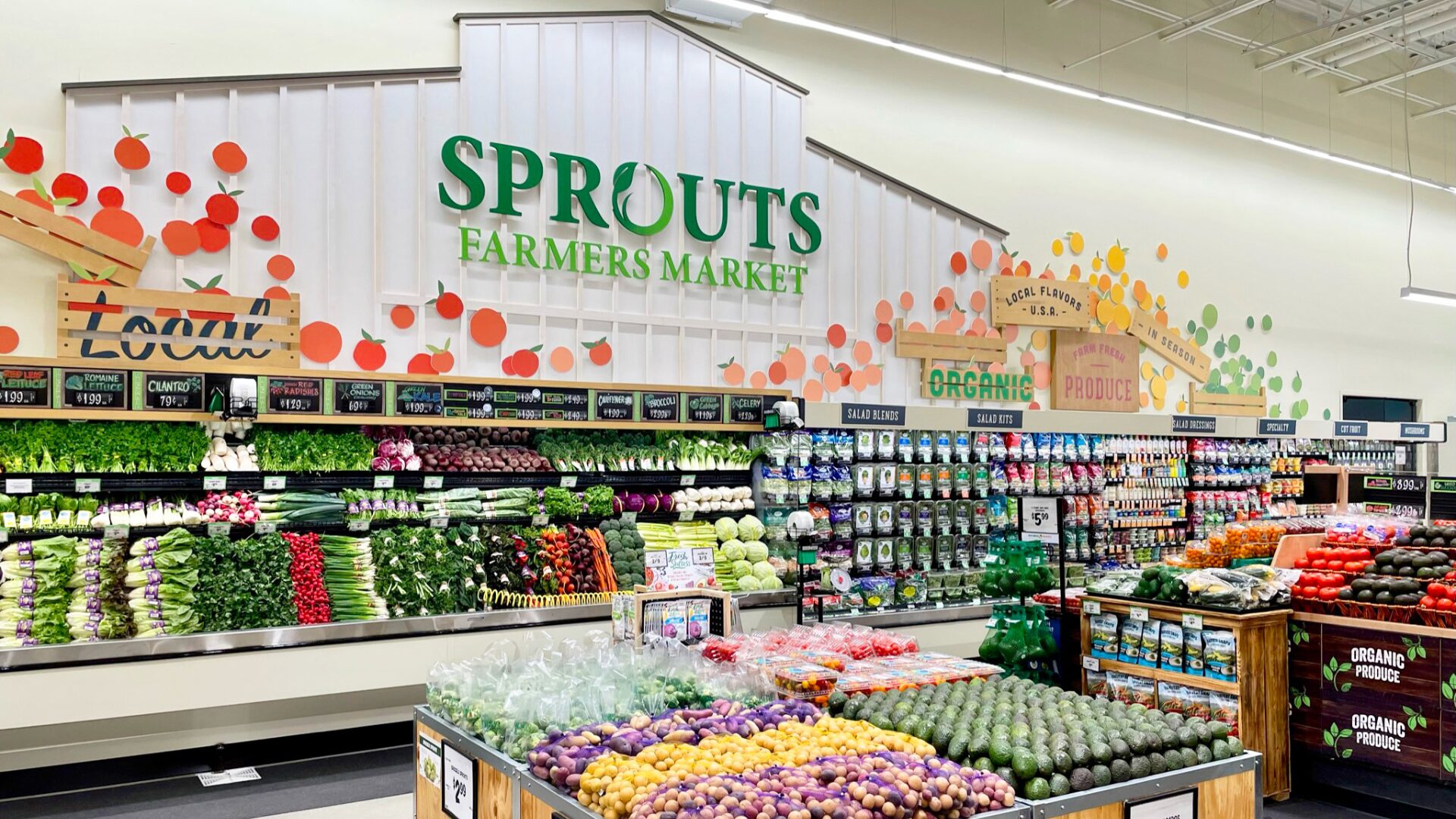It’s another week of earnings calls from some of the world’s major food manufacturers and suppliers, and the numbers are in, particularly surrounding Ozempic and other GLP-1 drugs – the hottest (and wildly profitable) health trend of the past 18 months.
A recent survey by Numerator cited by Morgan Stanley revealed startling numbers for the health-conscious – a survey of over 90,000 households in January revealed that 12.3% of households had a family member using a GLP-1 drug, up from 11.4% in October.
Meanwhile, Conagra Brands reported seeing an opportunity to sell more better-for-you frozen meals as it reported an 8% increase in the frozen aisle as it outperformed recent Wall Street expectations and its stock rallied 4.67% last Tuesday after reporting numbers. Conagra is the fourth-largest food company in the U.S.A. behind PepsiCo, Kraft Heinz, and General Mills, and produces brands such as Healthy Choice, Hunt’s, and Orville Redenbacher’s.
Conagra is the largest frozen food company, however, and believes that market is rife with opportunity given the intense proliferation and sheer scale of the GLP-1 market.
“If anything, we see opportunity within our portfolio,” said Conagra executive Tom McGough at a recent industry conference of the Consumer Analyst Group of New York, noting that Conagra recently said it may consider scaling down portions to court this new demographic of motivated consumers.
“Frozen meals are portion-controlled,” he also said. “They provide vegetable nutrition and they’re high in protein.”
The wave of GLP-1 users shows no sign of slowing down despite a dwindling supply of the drugs. Coupled with many manufacturer’s reduced recent earnings, the results are startling – hundreds of thousands of GLP-1 users are sticking with the drugs, losing weight, and reducing their monthly grocery bill by sizable margins.
Those using Ozempic, Wegovy, Mounjaro, or other GLP-1s noted a 6% – 9% decrease in grocery spending, particularly among snacks, pastries, and ice cream, while sales of vegetable snacks, fish, and yogurt increased.
The Numerator survey also revealed the Newtonian nature of GLP-1s and household grocery spending; when consumers stop taking the drug, grocery spending swings back to previous levels, an equal and opposite reaction. For many, the pendulum of health, groceries, and budget remains a zero-sum (or net zero-grocery bill) game.
The Market Effects of Weight-Loss Drugs Have Only Just Begun
Nonetheless, so startling and immediate is the financial impact for manufacturers that Lars Fruergaard Jorgensen, A/S CEO of Novo Nordisk – the Danish company that manufactures Ozempic – reported fielding calls from executive counterparts at food companies who were wary (and worried) of the long-term impact of the weight-loss drugs on their businesses.
At the same conference, General Mills CEO Jeffrey Harmening said the company was introducing new products “to meet evolving consumer weight management and nutrition needs,” such as the new Annie’s Macaroni & Cheese “Super Mac” offering, which packs more protein. Harmening said lower sodium and lower sugar offerings are also coming to its line of Betty Crocker cakes, cookies, and brownies.
According to recent data from Brightfield Group – a wellness industry tracker and data aggregator – social mentions of Wegovy, Ozempic, and Semaglutide Injections are the top three wellness searches since February 1, 2022, outpacing hundreds of other supplements, herbs, and wellness/nutrition categories by a significant margin:
- Wegovy – +20.63%
- Ozempic – +17.92%
- Semaglutide Injections – +17.68%
(Source: Brightfield Group; Wellness Social Listening; Feb. 2022 – Jan. 2024)
Most of the hundreds of other options come in under 10% and few crack 5%. As reported by The Food Institute in its January report (available for members), the extensive use of these drugs has only just begun – as the science progresses, many expect their costs to come down, oral supplements to become commonplace instead of today’s injectable GLP-1s, and further research and development to accelerate their efficacy.
Will food manufacturers be able to keep up with the rapidly changing market? As consumers continue to alter their eating habits and their brand loyalty (or lack thereof as the market for private label is still robust), only one thing is certain – a new paradigm of consumer-driven products, nutrition, and sales has arrived. What the rubicon holds in the wildly accelerating future is anyone’s guess.
The market for GLP-1 drugs is expected to reach $100 billion by 2030. Manufacturers and brands who want a piece of the low-sugar pie, so to speak, will have to offer the same.











